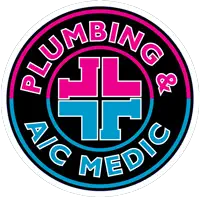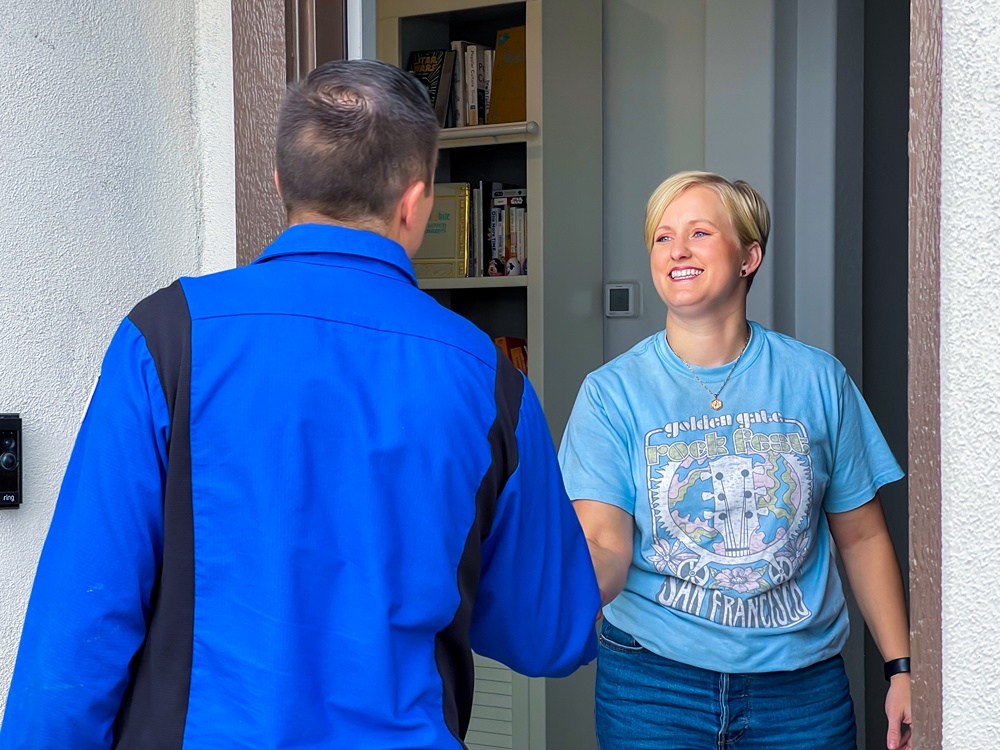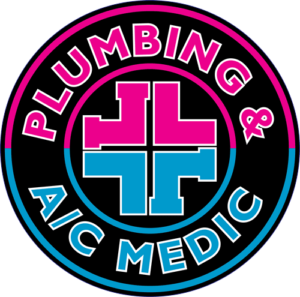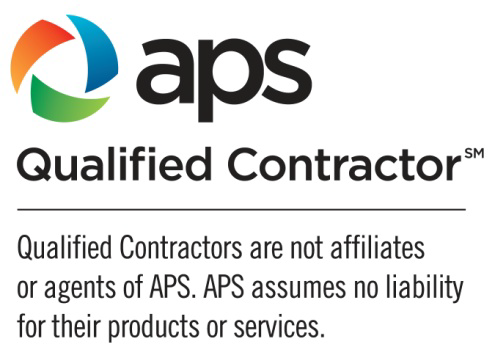Did you know that indoor air is actually more polluted than outdoor air, even in busy cities with a lot of traffic? Experts believe that a lot of this indoor pollution may be due to volatile organic compounds (VOCs). Here is everything you need to know about what VOCs are and how to protect yourself against them.
What Are VOCs?
Volatile organic compounds, or VOCs for short, are essentially just any type of gas. The scientific definition is that they are a compound made from carbon with a very low boiling point. Due to their very low boiling point, VOCs turn to gas at basic room temperature. To put it in layman’s terms, they are simply a gas that is released into the air from various products and processes. There are all sorts of VOCs present in daily life.
Some of the most common include:
- Benzene
- Ethylene glycol
- Formaldehyde
- Methylene chloride
- Trichloroethylene
- Toluene
- Xylene
Volatile organic compounds are further broken down into categories based on how easily they can be released into the air. The World Health Organization classifies all VOCs as very volatile organic compounds, volatile organic compounds, and semi-volatile organic compounds.
Where Do VOCs Come From?
There are all sorts of ways for VOCs to leach into your indoor air. One of the most common ways for them to occur is through something called off-gassing. When products are made or treated with synthetic materials, they may gradually reduce volatile organic compounds for months or even years. VOCs are incredibly common in all sorts of home goods and building materials. They are often released from flooring, walls, furniture, carpets, curtains, pillows, and mattresses.
Various home and personal care chemicals can also be a source of VOCs. Instead of the constant, low levels of off-gassing like you find in furniture and building materials, these chemicals tend to release high bursts of VOCS whenever you use them. Some typical examples include cleaners, disinfectants, air fresheners, and pesticides. Certain cosmetics, hairsprays, and deodorants may also have some VOCs. Fuels, such as oil and gasoline, also have quite a lot of VOCs involved.
Finally, there are all sorts of actions that can cause VOCs to be released into your air. Any sort of combustion, like smoking cigarettes, using a grill, or lighting a fire can result in VOCs. Using some types of arts and crafts products, like permanent markers, glues, and certain paints can also increase VOC levels inside. If you run a printer or copier, the ink involved in the printing can result in higher VOC levels. A lot of manufacturing processes can release VOCs into the air. So, if you live near a factory or other type of manufacturing plant, you may have naturally higher VOC levels.
The Dangers of VOCs
So why should you worry about VOCs being released in your home? There are several dangerous health effects associated with VOCs. They can cause both temporary irritation and long-term health problems. On a broader level, VOCs can also harm the environment. They react with other chemicals to produce ozone and further pollute indoor and outdoor air.
If you are exposed to high levels of VOCs all at once, like going into an enclosed space with several strong cleaners, you can irritate your eyes, throat, or nose. Some people in these situations can also develop nausea and headaches that take a while to go away. If you have other respiratory conditions like asthma, VOCs can trigger an attack or increase your levels of symptoms.
An even more concerning issue with VOCs is cancer risks. Many people think they are fine as long as they are not regularly exposing themselves to concentrated VOC levels. However, even low background levels of VOCs can cause problems when they are always present. Certain VOCs like formaldehyde are carcinogenic. Even if the VOC levels are too low to cause instant symptoms, they can gradually increase your risk of developing cancer. When you are constantly breathing these in, they do damage to your body on a cellular level. This can make it more likely for cells to mutate into cancerous cells.
How to Test Your Air for VOCs
To learn more about the amounts of VOCs in the air, you will need to do indoor air quality testing. You can do DIY tests that give you a broad idea of VOC levels, but they may not be able to check for certain VOC types. The most accurate tests are conducted by a professional and will use various methods to check for levels of all common VOCs. To get the most accurate reading, do VOC tests after you have been living in a home for at least six months. This will help you see how much your daily activities and your typical furnishings are affecting VOC levels.
Most VOC levels are measured in micrograms per cubic meter. This is a measurement that essentially tells you how many VOCs are present in a set amount of air. The acceptable levels of VOCs in a home will depend on the types of VOCs present. For example, having more than 3 micrograms per cubic meter of naphthalene can increase cancer risks. Meanwhile, having more than 0.94 micrograms per cubic meter of formaldehyde could cause eye and nose irritation. Generally, you should aim for overall VOC levels of no more than 0.5 micrograms per cubic meter.
Tips for Reducing VOCs
To lower VOCs in your home, start by limiting your use of high VOC products. When doing DIY projects or cleaning your home, look for items that are labeled as “Low VOC.” You should also try to find low VOC products when shopping for home goods. Natural products, like cotton, bamboo, and hardwood are more likely to be low VOC than synthetic options like polyester, engineered wood, and plastic.
VOCs can be removed from the air in your home with special types of filters. The right air purifier, like a carbon air filter, can soak up a lot of common VOCs. If you live in an area with a lot of air pollution, purifiers are very useful. An equally important way of reducing VOC levels is by adding ventilation to your home. VOCs are dangerous when they build up to higher concentrations. The problem is that VOCs released inside your home often do not have any way of escaping. Newly built homes are so airtight that researchers found VOC levels indoors are up to ten times higher than outside. Ventilation can help get air flowing, bringing fresh outdoor air inside.
If you want to improve your indoor air quality in Gilbert, AZ, consider talking to Plumbing & A/C Medic, Inc.. We can assist you in finding the right ventilation systems and HVAC units for your home. Our highly experienced technicians can also assist with repairs, installation, and maintenance on all sorts of AC, heating, and plumbing systems. Schedule your next service visit by giving us a call now.








